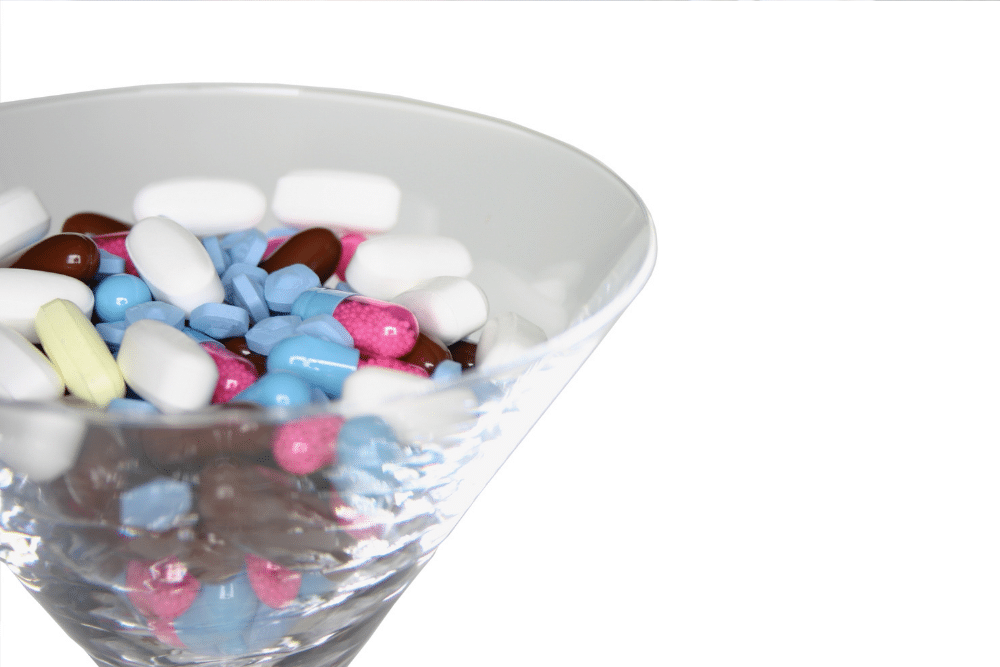Be Careful Your Holiday Partying Doesn’t Result in a MN Drug Charge

Andrew & Poole, P.A.
The holidays are celebrated in a variety of ways. For some, it’s about getting together with friends and family. For others, it’s about exchanging gifts. And then some also enjoy celebrating through wild parties with others, which can lead to major legal trouble if you’re not careful.
An 18-year-old from Minnesota recently found out the consequences that can occur if you’re caught with drugs in the state. They were arrested for possession of a controlled substance and possession of drug paraphernalia. The drug in their possession was marijuana, but they’re now looking at serious consequences as a result.
No matter how you feel about the legality of drugs today, the law in many places still makes it illegal to be in possession of a controlled substance and paraphernalia. Here’s what you need to know about the laws surrounding controlled substances in Minnesota. Understanding can help you stay out of legal jeopardy this holiday season and all year long.
Controlled Substances in Minnesota
In Minnesota, a controlled substance is defined as a chemical or drug whose possession, use, or manufacture is regulated. These are typically substances that are intoxicating and have a high potential for abuse or misuse.
The state has five schedules it uses to divide drugs. These schedules are delineated based on:
- How dangerous the government considers the drug to be
- The possibility that it will be abused or someone may become addicted to it is
- Whether or not the drug has any medical use
These schedules can be summarized as:
Schedule I
Drugs on this schedule have no accepted medical use. They also are considered substances that are addictive and have a high possibility for abuse, such as methamphetamine and heroin.
Schedule II
Drugs on this schedule also have a high potential for dependence and abuse with some accepted medical uses, like oxycodone or cocaine.
Schedule III
The potential for abuse from these drugs is less than the first two schedules but still remains high. However, these substances have more acceptable medical uses. Anabolic steroids and ketamine are on this list.
Schedule IV
The substances on this schedule have accepted medical uses and a low potential for abuse relative to the other schedules. They include substances such as diazepam and midazolam.
Schedule V
The substances on this schedule are usually those contained in mixtures with substances that are not on a drug schedule, such as codeine cough syrup.

Penalties for Drug Possession in Minnesota
The penalties that someone faces for possession of a substance under one of the five schedules depend on a variety of factors. How much of a substance was found in possession by the offender, the type of substance found, and the purpose of the substance – such as intent to sell it – all have an impact. So does whether or not the person in possession has any prior drug convictions on their record.
The law defines possession of a substance as “being in a place or on a person when they have control over it”.
First Degree Possession
In most cases, first-degree drug possession will be charged if they have a certain amount of a substance in their possession, i.e. 50 or more grams of methamphetamine. The penalties for this are consistent with a felony and can send a person to prison for up to 30 years. Fines of $1 million may also be assessed.
Second Degree Possession
If someone is arrested with certain amounts and types of controlled substances in their possession – such as 25 grams of cocaine or one or more mixtures that contain six grams or more of heroin – then they can be charged with second-degree possession. The penalty is as much as 25 years in prison and fines of $500,000.
Third Degree Possession
Third-degree possession includes having ten or more grams of a mixture containing narcotics in your possession or a mixture containing heroin in a quantity of three grams or more. It can result in as many as 20 years in prison and fines of up to $250,000.

Fourth Degree Possession
You can be sent to prison for as many as 15 years and be responsible for fines of as much as $100,000 if you have 10 or more units of hallucinogens in your possession, for example – or if you intend to sell a mixture of a drug on schedule I, II, or III.
Fifth Degree Possession
If you have mixtures of substances that contain drugs from schedules I through IV, then you can spend up to five years behind bars and be responsible for fines of up to $10,000.
About the Author:
Andrew T. Poole is a Minnesota native who has served in the Army for more than 18 years and is currently a JAG lawyer in the Army Reserves in addition to serving as a partner at LaCourse, Poole & Envall. He has handled thousands of criminal and family law cases over the course of his career and has a firm belief that all hardworking Minnesotans should be entitled to the best possible legal counsel. Mr. Poole boasts a 10/10 Superb rating on Avvo, is Lead Counsel rated, and has been recognized multiple times by SuperLawyers, National Trial Lawyers, and others for his work.
















